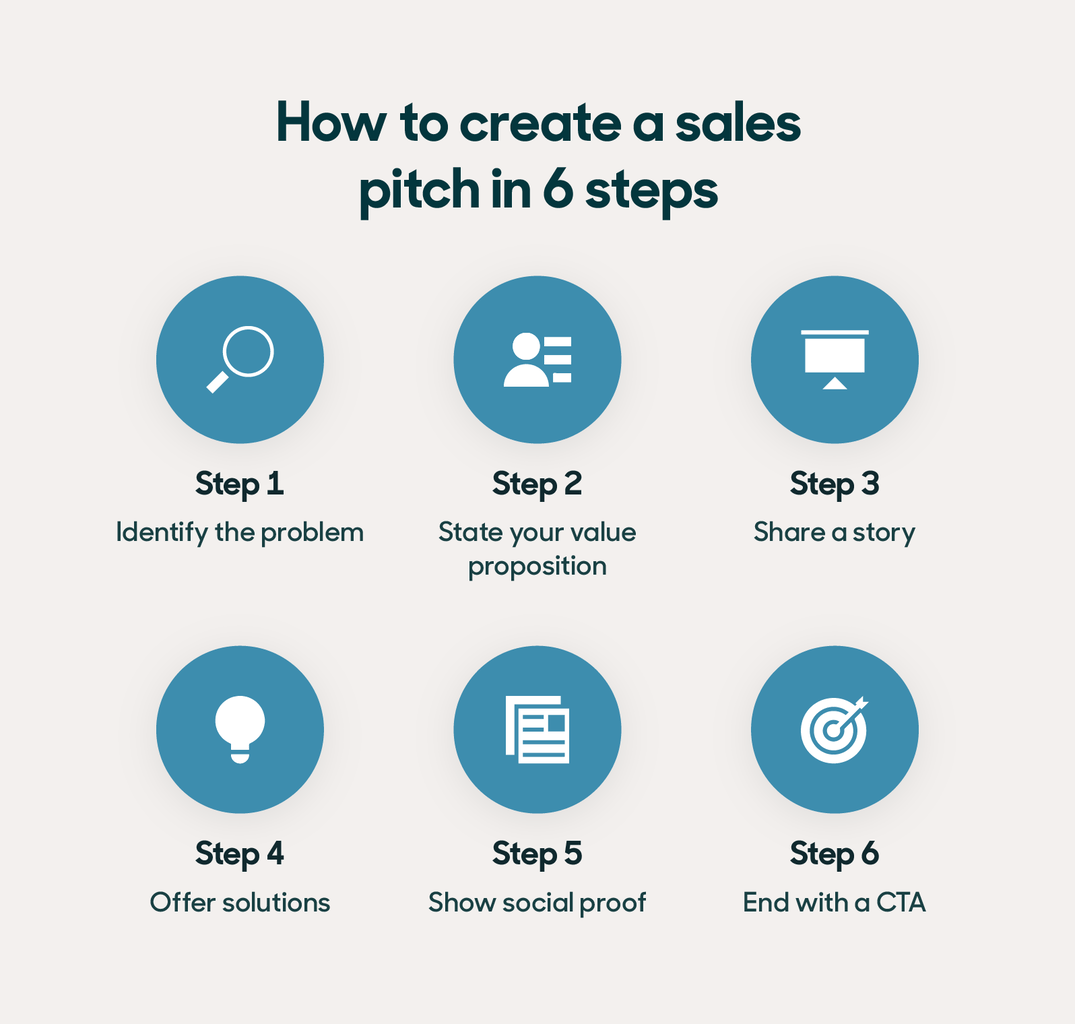Unlocking the Power of "Why": A Guide to Crafting Compelling Sales Pitches

As an architect and interior design expert, I’ve spent years crafting spaces that resonate with people’s needs and desires. This experience has taught me that the most effective sales pitches aren’t about simply listing features, but about connecting those features to the emotional and practical benefits they deliver to the customer.
To truly understand your product or service, we need to dive deeper than just its technical specifications. Let’s explore a framework for identifying your product’s key features and benefits, tailored to your ideal customer.

1. Defining Your Ideal Customer:
- Who are they? Age, demographics, lifestyle, occupation, hobbies, values.
- What are their pain points? What problems do they face that your product solves?
- What are their aspirations? What do they hope to achieve or experience?


2. The Feature-Benefit Matrix:
This matrix is a powerful tool for uncovering the "why" behind your product.

| Feature | Benefit | Customer Impact |
|---|---|---|
| Example: Durable construction materials | Long-lasting, low-maintenance home | Peace of mind, reduced repair costs, increased resale value |
Example: Home Builder Floor Plans
Let’s take a look at a home builder’s floor plans as an example.

| Feature | Benefit | Customer Impact |
|---|---|---|
| Open-concept living spaces | Spacious, airy, and inviting atmosphere | Creates a welcoming environment for entertaining, fosters family connection, enhances natural light flow |
| Large kitchen islands | Central gathering space, increased functionality, ample prep area | Encourages family interaction, provides a hub for social gatherings, improves culinary efficiency |
| Flex rooms | Versatile spaces adaptable to individual needs | Can be transformed into home offices, playrooms, guest rooms, or hobby areas, maximizing space utilization |
| Energy-efficient appliances and insulation | Reduced energy consumption, lower utility bills | Financial savings, environmental responsibility, increased comfort |
| Smart home technology integration | Enhanced security, convenience, and control | Peace of mind, streamlined daily routines, personalized home automation |
| High-quality finishes and materials | Aesthetically pleasing, durable, and long-lasting | Increased home value, enhanced curb appeal, pride of ownership |
| Landscaping and outdoor living spaces | Extended living areas, connection to nature, enhanced curb appeal | Provides opportunities for relaxation, entertainment, and recreation, increases property value |
| Well-planned storage solutions | Organized and clutter-free living spaces | Reduced stress, increased efficiency, creates a sense of calm and order |
| Builder warranty and customer support | Peace of mind, reliable support, and protection | Confidence in the investment, assurance of quality, timely resolution of issues |
3. Crafting Your Sales Pitch:
- Focus on the "why": Don’t just list features. Explain how they benefit the customer and solve their problems.
- Use storytelling: Share real-life examples of how your product has made a positive impact on others.
- Emphasize emotional connections: Appeal to the customer’s aspirations and desires.
- Demonstrate value: Quantify the benefits whenever possible.
- Address objections: Anticipate potential concerns and provide solutions.
Example: Highlighting the Benefits of an Open-Concept Living Space
Instead of simply saying, "This home has an open-concept living space," you could say:
- "Imagine hosting a dinner party with your loved ones, everyone gathered around the kitchen island, sharing laughter and stories, all while enjoying the spacious and airy atmosphere of this open-concept living space."
- "This home is designed to bring families together, fostering connection and creating a welcoming environment for entertaining."
4. Tailoring Your Message:
- Understand your audience: Different customer segments will value different features and benefits.
- Use language that resonates: Speak their language and address their specific concerns.
- Showcase your expertise: Demonstrate your knowledge and passion for your product.
5. Testing and Refining:
- Get feedback: Ask potential customers for their thoughts on your sales pitch.
- Track results: Monitor your sales performance and make adjustments as needed.
Remember: Your sales pitch is a conversation, not a monologue. Be prepared to listen to your customers’ needs and answer their questions. By focusing on the benefits your product delivers, you can build trust and create a compelling case for purchase.







